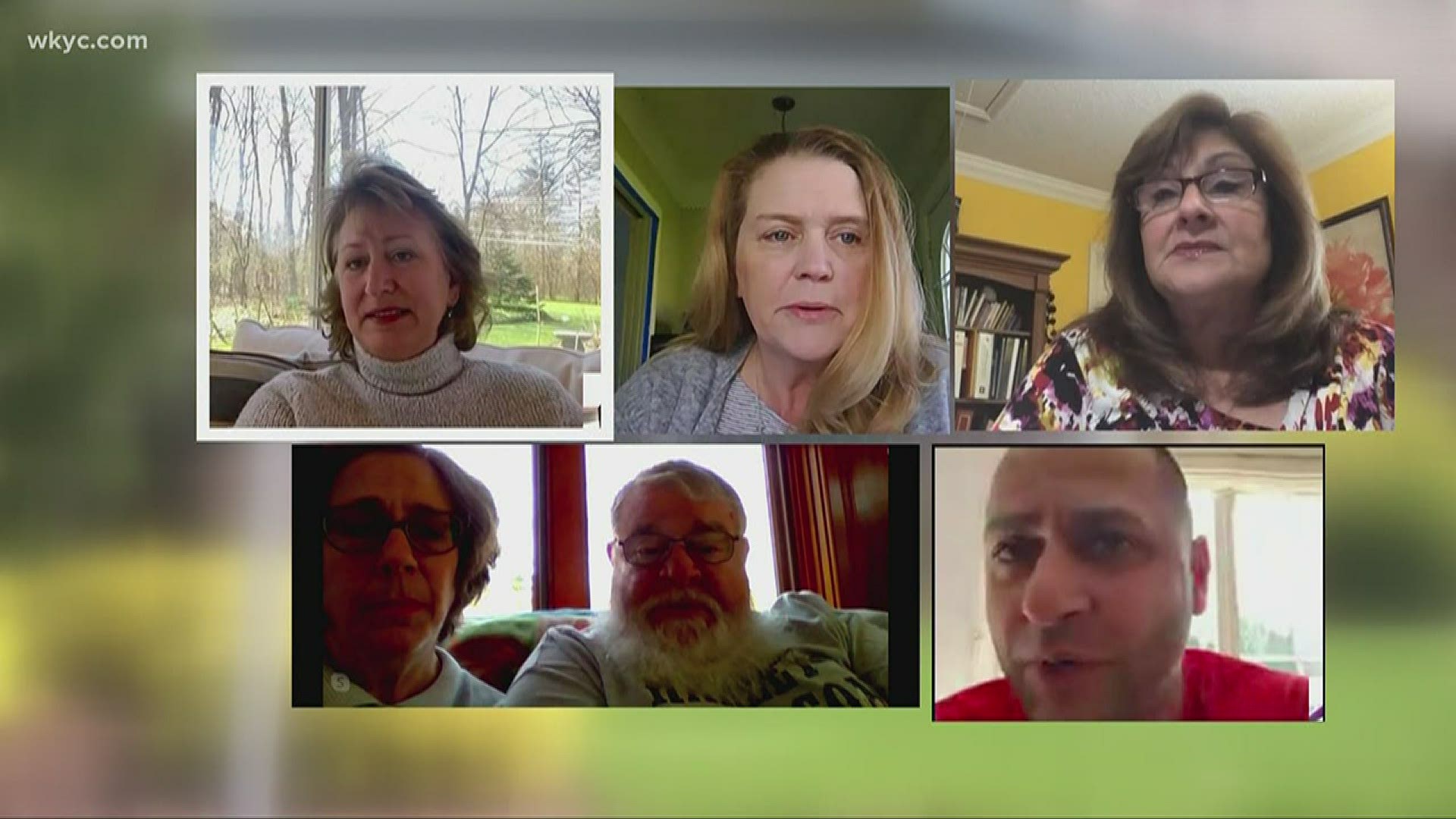CLEVELAND — There are now more than 1,200 COVID-19 cases inside Ohio’s long-term care facilities.
But if you want to know where the cases have hit, or how many patients and workers are infected, you’ll have to keep on waiting.
Ohio health officials have been reluctant since the outbreak began last month to release information on reported COVID-19 cases inside the state’s nursing homes, long-term care facilities and assisted living complexes.
Recently, 3News, along with our sister stations in Columbus and Toledo, contested the practice and convinced the Ohio Department of Health to release the records to the public.
RELATED: State of Ohio releases some details on COVID-19 cases in nursing homes after 3News investigation
Last week, Dr. Amy Acton instructed the caregivers and county health agencies to forward their data to Columbus for public dissemination.
But shortly after the records went online last week, the website page was suddenly shutdown. A spokesperson for Acton said the data was inaccurate.
Gov. Mike DeWine on Monday confirmed the mishap but said health workers were in the midst of correcting all errors.
DeWine said complete and accurate data – including the locations and number of cases at each location – would be posted on the ODH website by 2 p.m. Wednesday.
Deaths inside these facilities would not be released, however. Deaths would only be released by the name of the county in which the facility is located.
To help, 3News and Tegna stations in Ohio created a spreadsheet of known cases as well as deaths at respective facilities. The news stations found 66 nursing home deaths, all confirmed by state or county health agencies, related to COVID-19.
Nursing homes have been a hot-spot of COVID cases, despite being one of the first to be placed under lockdown in early March when visitors were banned.
Those extreme measures, however, has not kept the coronavirus from spreading. Thirty-six cases, for example, have been diagnosed at ManorCare in Parma.
Family members have often complained of little or no contact with facility staff. Many worry about a patient’s well-being.
“It’s important to a lot of families,” said Tracy Rooy, whose 85-year-old mother in law, Carol, lives in a Summit County nursing home. “I just feel like if they can keep track of every confirmed case across Ohio, they should be able to keep track of COVID-19 infections in nursing homes.”
Some family members live outside the area and struggle with the lack of information. Others say nursing homes are too reluctant to share information. Many are frustrated that they cannot visit. Having the data available online, they said, gives them important information.
“I just think that helps us all be more informed,” said JoEllen Simonsen.
3News first encountered the lack of record access when reporting on deaths at area nursing homes. Local county health departments said they were advised by the state to deny any media requests for information, contending that the information is exempt under Ohio law.
3News contacted its station’s outside legal counsel, who wrote a letter to county health officials objecting the decision and contending the law was being misapplied. The state eventually relented and began posting the data.
“Lo and behold there it was on the website and I shared it with some friends who were trying to monitor the situation too,” said Simonsen, whose two nieces work in an Ohio nursing home.
On Friday, however, 3News viewed the ODH website and noted apparent errors. Some nursing homes on the site were shown to have more cases than reported; others were too low.
By Friday night, the ODH shutdown the page.
“We took the list down due to inaccuracies. we are re-verifying the information and will put it back up Wednesday afternoon,” an ODH spokeswoman said in a written response.
Pete Van Runkle of the Ohio Health Care Association, an industry group representing about 1,000 facilities, said the data is important, not only for the families but for the facilities and their respective workers.
“The errors are kind of a big deal because…a member who doesn't have a case and is being reported as having one, the families are calling and saying how come you didn't tell us the truth?” he said.
DeWine told reporters on Monday that nursing home data- accurate data- is important to all residents. So, too he said, is transparency.
Families agree.
“If the information is available,” Simonsen said, “it helps us all understand what we're really facing. And I do want it to be accurate. And I don't want it to have gaps in it.”
Click here for our coronavirus section.

